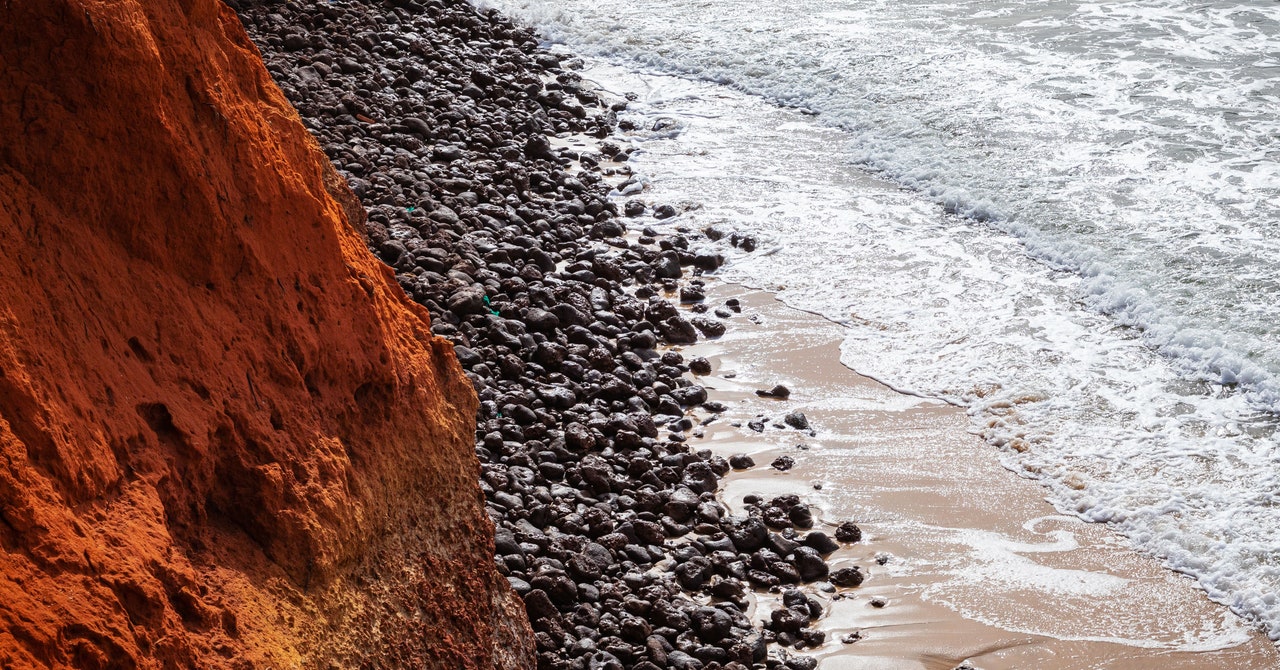
This story originally appeared in The Guardian and is part of the Climate Desk collaboration.
When Saikou Demba was a young man starting out in the hospitality business, he opened a little hotel on the Gambian coast called the Leybato and ran a beach bar on the wide expanse of golden sand. The hotel is still there, a relaxed spot where guests can lie in hammocks beneath swaying palm trees and stroll along shell-studded pathways. But the beach bar is not. At high tide, Demba reckons it would be about 5 or 6 meters into the sea.
“The first year the tide came in high, but it was OK,” he says. “The second year, the tide came in high, but it was OK. The third year, I came down one day and the bar wasn’t there—half of it went into the sea.”
That was in the 1980s, before most people had even heard of the greenhouse effect.
But to Demba, 71, and many others like him, it was obvious even then that things were changing. The sea was coming in further and further every year, and the coastline, bit by bit, was crumbling.
Now, the Leybato has lost not only its beach bar but, at high tide, its beach: The sea comes right up to the bottom of the terrace and splashes over the top. The erosion of the coastline is clearly visible in the cracked paving stones and exposed roots of the coconut trees. The sea grass that used to carpet the ocean floor has gone.
“Those grasses were protecting the sea, but there are no more now,” says Demba. “I also used to see turtles, big turtles. Now, none. We are in a very sad situation.”
All along the 50-mile coastline of Gambia, Africa’s smallest mainland country, hotels and guesthouses are facing similar pressures. And in a developing country where tourism makes up about 20 percent of GDP and employs tens of thousands of people, it could not be more important that they withstand them.
“We have already learned the lesson from Covid-19. Tourism is very, very important” for the country, says Alpha Saine, front office manager of the Kairaba Hotel, one of the two most luxurious in the country.
After a prolonged absence during the pandemic, European tourists are starting to return to Gambia, even if the numbers appear significantly down. Saine hopes Covid soon “becomes history.”
The threat posed to the industry by the climate crisis, however, is more formidable in the long term, and no one appears to have found a solution that works for all.
On the beaches of the Kairaba and Senegambia Hotels, the beating heart of Gambia’s “smiling coast” tourism industry, a barrier of rocks has been laid that runs for several hundred meters along the shoreline, stopping the waves from encroaching too far. When the tide is low, the beach is still big—and in the age of Covid, quite empty—but at high tide it is a narrow strip of sand.


